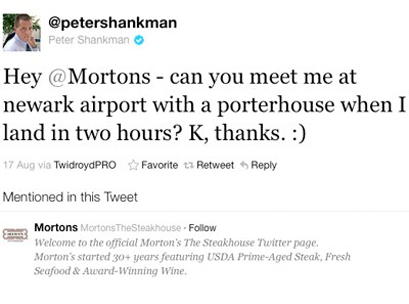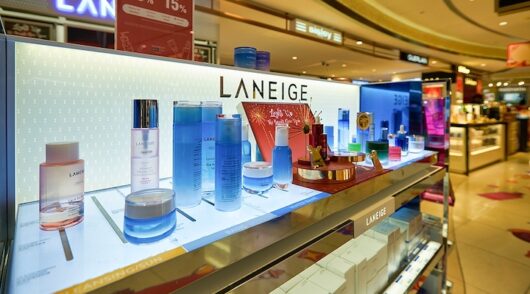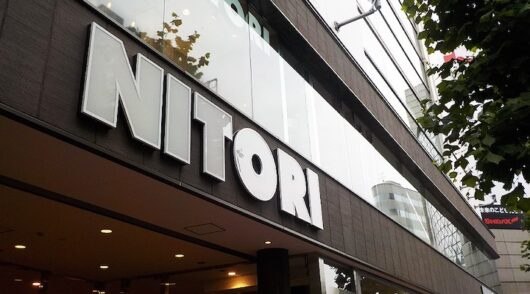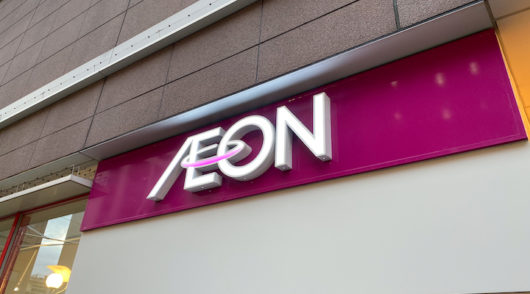“Sometimes you want to go where everybody knows your name.” So went a line from the 1980’s TV sitcom, “Cheers”.
And it sums up the innate human desire for recognition and places it in a shopper’s framework.
Once upon a time, personal recognition was a fundamental requirement of great retailing. Pre-supermarket days, the high street grocer used to know each of his customers by name, understand (and often anticipate) their needs, and look after them personally.
With the arrival of self service and chain retail, the customer became increasingly anonymous.
But now, technology is helping us to regain the personal touch in ways that are new, interesting, and sometimes just a little spooky.
At Facebook’s recent US Marketing Conference, Forbes Magazine noted how the social media goliath wants to help brands recapture the intimate relationships of old.
Mike Hoefflinger, director of global business marketing at Facebook, cited Gillette as a successful case study.
“This is my shopkeeper, about 120 years ago. I have a relationship with him, he has a relationship with me… Fast forward to today: Gillette is operating at a gigantic scale – 600 million people using its products every day – but relationships are back… Gillette is building relationships at the kind of scale that modern business requires, one little story at a time… we are, in a way, going back to the future.”
Twitter too, is helping businesses facilitate more direct and personal interactions with customers. This week, Shoes of Prey founder, Michael Fox, blogged about the greatest customer service story ever told.
The story started when Peter Shankman, a fan of US steakhouse Morton’s, jokingly tweeted a message as he boarded a plane; “Hey @Mortons – can you meet me at Newark airport with a porterhouse when I land in two hours? K, thanks. J”
Remarkably, Morton’s delivered. When Shankman got off the flight, there was a Morton’s staff member, with a paper sack filled with a 24-oz porterhouse and all the trimmings. (Check it out here.)
At the physical point of sale, technology is also aiding more personal interactions with shoppers.
When customers open a relevant app on their smartphone, or check in at a store, they can be served up appropriate offers.
PayPal has an application that will not only allow customers to purchase via a digital wallet or personal identification code, but also announce their presence and preferences in store.
The idea is to help shoppers go from being “unknown to understood”, as Jeff Clementz, the company’s Australian CEO, puts it.
But you ain’t seen nothing yet. The next wave of technology will automatically register participating customers who enter a store, and instantly provide the salesperson with a wealth of relevant information – name, loyalty status, purchase history, and sizing (for apparel).
As reported on DigitalBuzzBlog, one company is experimenting with facial recognition activated deals. Cameras will instantly recognise an individual shopper as he or she passes a location, then notify them of deals based on their Facebook likes.
Taking it a step further, Harvard Business Review wrote last week about soft surveillance and the potential for electronic noses in retail environments that sense a customer’s perfume and deliver related ads and deals.
If it all seems a little scary, an intuitive understanding of customer needs is the future.
Just as we have traded a level of privacy for the benefits gained through companies understanding more about us, we will ultimately welcome a new kind of store greeting.
Instead of “can I help you?” it will be “hi, I know how I can help you”.
Just like the good old days.
* Jon Bird is CEO of specialist retail marketing agency IdeaWorks (www.ideaworks.com.au) and chairman of Octomedia, publisher of Inside Retail. Email here. Blog: www.newretailblog.com Twitter: @thetweetailer






